We have entered the last era of the universe
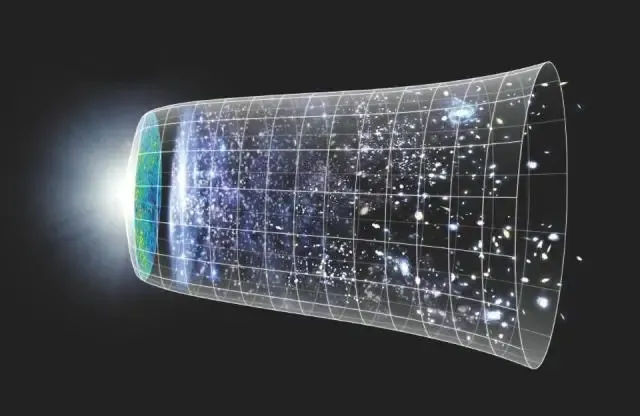
Although many people think that the universe starts from a singularity, we are still not sure. However, we can divide the universe into different times according to the characteristics of the universe in a specific period.
Today's universe is different from yesterday's. With the passage of time, some subtle but important changes have taken place, even though many of them are imperceptible on a measurable time scale. The universe is expanding, which means that the distance between the structures of the universe increases with time.
But these subtle changes are accumulated on a huge cosmic time scale, and they affect not only distance. With the expansion of the universe, the relative importance of radiation, matter, neutrino and dark energy has changed. What you see in the sky can also change dramatically. We can divide the universe into six different times, and we have entered the last one!
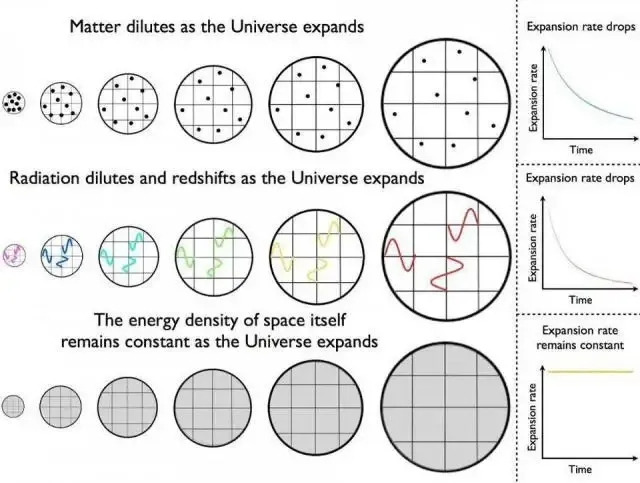
As the universe expands, the density of matter will decrease, but the radiation will also become weaker, because its wavelength will be stretched longer. On the other hand, if the density of dark energy is a form of energy inherent in space itself, as is now believed, its density will remain unchanged.
The reason can be seen in the chart above. Everything in the universe has certain energy, such as matter, radiation, dark energy, etc. As the universe expands, the volume of these forms of energy changes, and each form of energy density evolves in a different way. If we define the observable horizon with variable a, then:
The energy density of matter will evolve to 1 / A ^ 3, because the density is only the mass divided by the volume, and the mass can be easily converted into energy through e = MC ^ 2,
The energy density of radiation will evolve to 1 / A ^ 4, because the density is the number of particles divided by the volume. As the universe expands, the energy of each photon will stretch, adding an additional factor 1 / a related to matter,
Dark energy is an attribute of space itself, so its energy density remains unchanged (1 / A ^ 0).
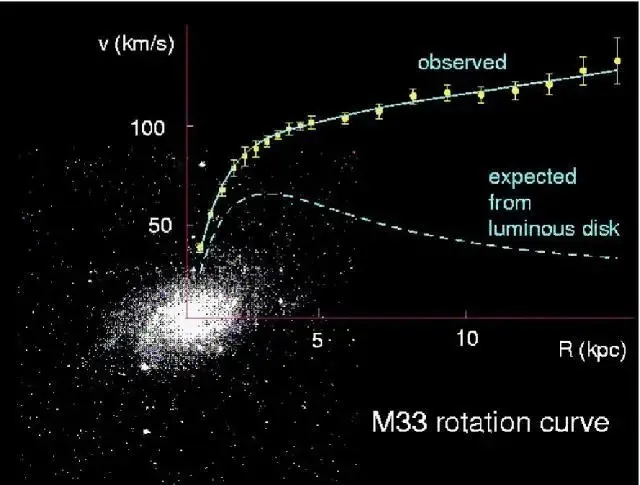
The history of the expanding universe includes a whole set of data, including observations of light elements and cosmic microwave background, leaving only the big bang as an effective explanation for what we see. When the universe expands, it will also cool, making ions and neutral atoms eventually form molecules, gas clouds, stars, and finally galaxies.
By applying the laws of physics to the universe and comparing possible solutions with observations and measurements we have obtained, we can determine where we are from and where we are going. The history of the past can be traced back to the beginning of the great heat explosion. We can also foresee the final fate of all existence.
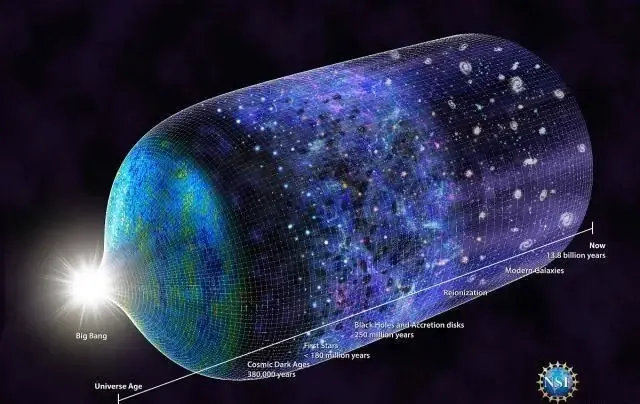
The history of our universe is well understood in theory, but only because we understand the theory of gravitation behind it. Light will continue to travel in this expanding universe forever. We need to detect darker brightness and longer wavelength light to continue to see visible objects, but these are technical limitations, not physical limitations.
When we divide the boundaries according to the behavior of the universe, we find that there will be six different times.
- The age of expansion, 2. The age of primordial soup, 3. The age of plasma, 4. The age of darkness, 5. The age of stars, 6. The age of dark energy. Billions of years ago, we have entered this last era.
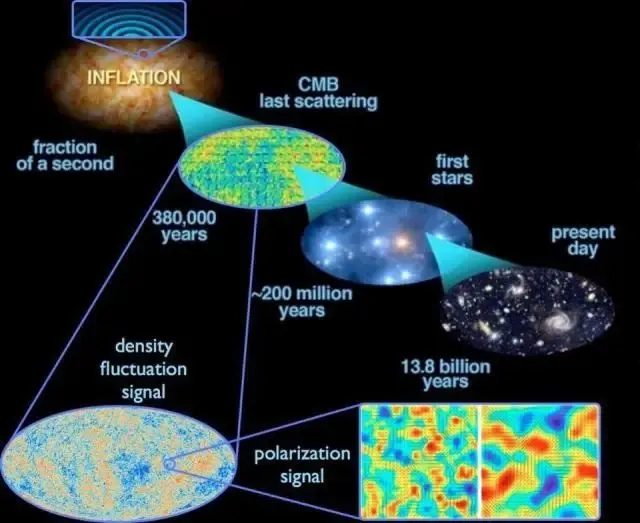
During the expansion, the fluctuations of space-time itself on the quantum scale are stretched. Whether expansion originates from the final singularity is not clear, but the characteristics of its occurrence can be verified in our observable universe.
(1) The era of inflation. Before the big bang, there was no matter, antimatter, dark matter or radiation in the universe. It's not filled with particles of any kind. Instead, it is filled with a form of energy inherent in space itself that causes the universe to expand exponentially.
It stretches the universe from any geometry to a state indistinguishable from space.
It extends a causal region of the universe to a much larger region than the one we see today.
It takes away all the possible particles and expands so rapidly that no one remains in the visible universe.
The quantum fluctuations during the expansion created the seeds of the structure, thus forming today's huge cosmic network.
Then all of a sudden, 13.8 billion years ago, inflation ended. All this energy, once inherent in space itself, is transformed into particles, antiparticles, and radiation. With this transformation, the era of inflation is over, and the big bang begins.
(2) The age of primordial soup. Once the expanding universe is filled with matter, antimatter, and radiation, it cools. When particles collide, they produce particle antiparticle pairs that any laws of physics allow. The main limitation comes only from the energy of the collision.
As the universe cools and energy drops, it becomes more and more difficult to produce particle antiparticle pairs with larger mass, but annihilation and other particle reactions continue. One to three seconds after the big bang, antimatter all disappeared, leaving only matter. 3-4 minutes after the big bang, stable deuterium was formed and light elements were synthesized. After some radioactive decay and some final nuclear reactions, all that remains is a plasma of photons, neutrinos, nuclei and electrons.
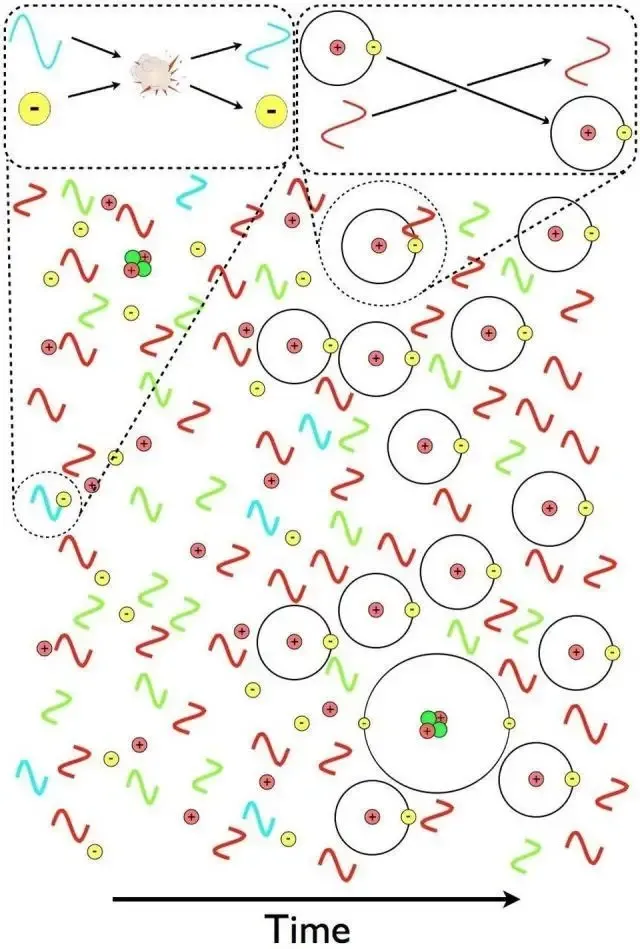
Once the universe is cold enough and lacks high-energy photons, they can't interact with neutral atoms, only free flow.
(3) The era of plasma. Once these light nuclei are formed, they are the only positively charged objects in the universe, and they are everywhere. Of course, they are balanced by the same amount of negative charge. Nuclei and electrons form atoms, so it seems natural that the two particles will immediately find each other, form atoms and pave the way for the formation of stars.
Unfortunately, they outnumber photons. Whenever an electron and an atomic nucleus are combined, a photon of high enough energy will appear and explode them. It wasn't until the universe cooled from billions to thousands of degrees that neutral atoms finally formed.
In the early days of plasma age, the energy content of the universe was mainly determined by radiation. In the end, it's dominated by normal and dark matter. The third stage is 380000 years after the big bang.
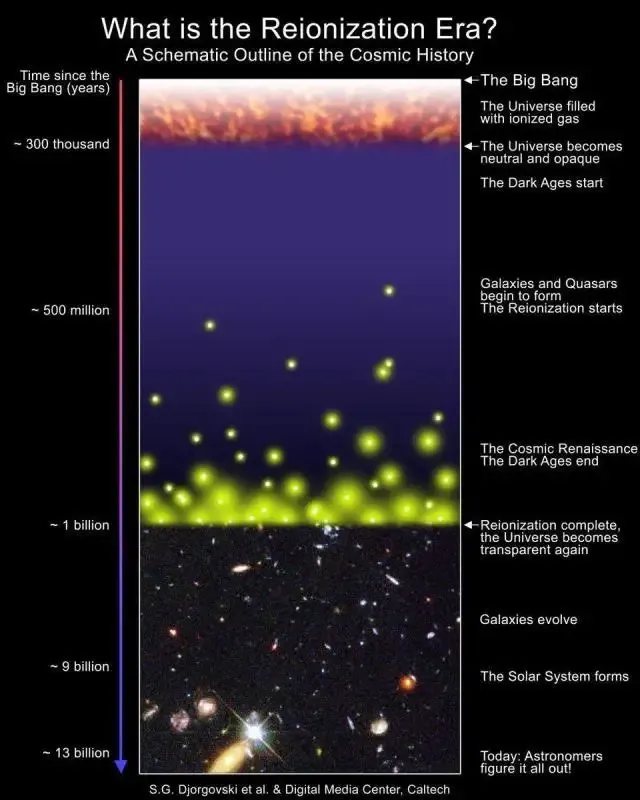
Before the formation of stars or galaxies, the universe was filled with neutral atoms that blocked light. The first major re ionization wave occurred about 250 million years after the big bang, and some stars may not form until 50 million to 100 million years after the big bang.
(4) Dark ages. With the existence of these neutral atoms, the visible light we now know will be invisible throughout the sky. Why? Because neutral atoms, especially in the form of cosmic dust, are very good at blocking visible light.
To put an end to these dark ages, intergalactic media needs to be re ionized. It takes a lot of star formation and a lot of ultraviolet photons, which takes time and gravity. The first major area of re ionization occurred between 250 million and 250 million years after the big bang, but on average, re ionization did not take place until 550 million years in the universe. At this point, the rate of star formation is still increasing, and the first large cluster of galaxies is just beginning to form.
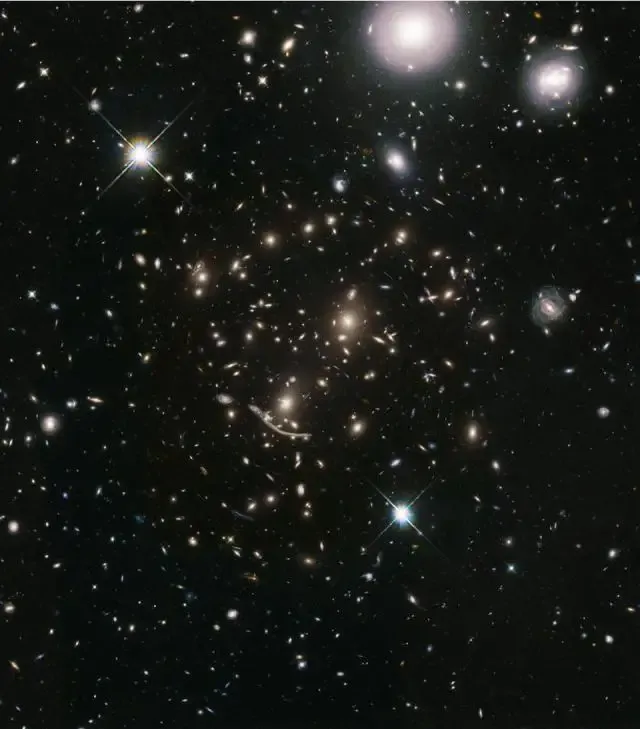
By observing them again with a new scientific goal, Hubble's bison project will get the distance to these galaxies, so that we can better understand how galaxies form in the universe.
(5) The age of stars. Once the dark ages are over, the universe is transparent to the stars. Stars, clusters, galaxies, clusters, and expanding networks of the universe are waiting to be discovered. In terms of energy, the universe is dominated by dark matter and normal matter, and the structure of gravitational binding continues to grow larger and larger.
The rate of star formation is rising, peaking about three billion years after the big bang. At this point, new galaxies continue to form, existing galaxies continue to grow and merge, and galaxy clusters attract more and more material into them. But the amount of free gas in the galaxy began to decline because a lot of star formation has consumed a lot of free gas. The rate of star formation decreases slowly and steadily.
With the expansion of the universe and the decrease of the density of matter, a new form of energy - Dark Energy - began to appear and dominate. After 7.8 billion years of the big bang, distant galaxies stopped slowing down in each other's decline and began to accelerate again. Later, 9.2 billion years after the big bang, dark energy became the dominant component of cosmic energy. At this time, we have entered the last era.
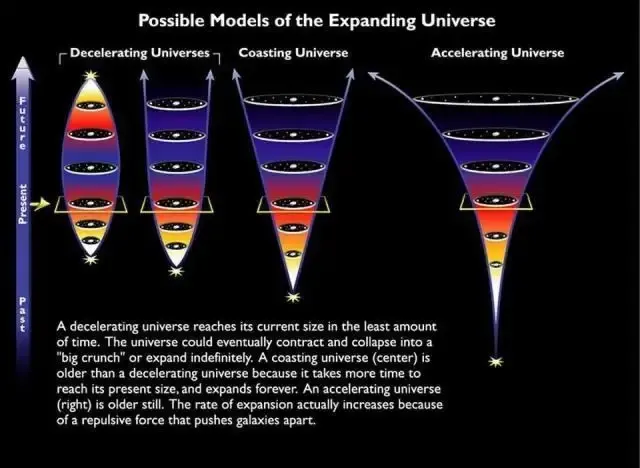
After enough time, the acceleration will make each galaxy completely isolated in the universe. We can only look back to the past to infer the existence and nature of dark energy, which requires at least a constant, which has a greater impact on the future.
(6) The age of dark energy. Once dark energy dominates, something strange happens: the large-scale structure of the universe stops growing. Objects that are bound by gravity before dark energy takes over will continue to be bound, but objects that were not bound before dark energy era will never be bound. On the contrary, they only accelerate away from each other, leading to loneliness in the vast universe.
Individual binding structures, such as galaxies and clusters, eventually merge into a large elliptical galaxy. Existing stars will die out, new stars will slow down, then stop, and gravitational interaction will push most stars into the abyss between galaxies. Due to the decay of gravitational radiation, planets will spiral up into their parent stars. Even a black hole with a very long life will eventually decay due to Hawking radiation.
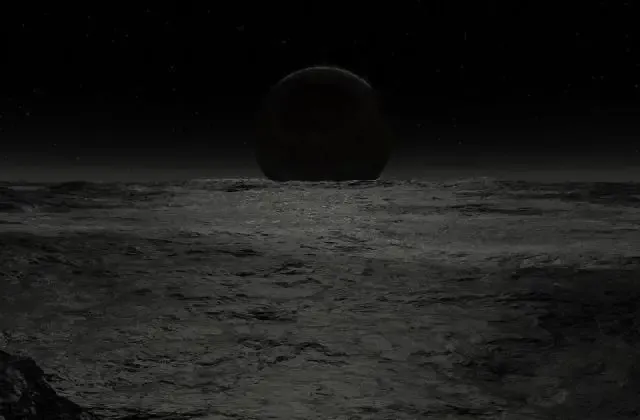
When the sun becomes a black dwarf, if there is no matter ejecting or colliding with the earth's remnant, the final gravitational radiation will cause us to be swallowed up by the remnant of the sun.
In the end, in this empty, expanding universe, matter is scarce and isolated from each other. These final states will exist and continue to exist even in the next few years, because dark energy is still the dominant factor in our universe. The last era of dark energy dominance has begun. There may be six unique stages in the universe, but we have entered the final stage. Take a good look at the universe around us, because it won't always be so rich.
Congratulations @jieshao! You have completed the following achievement on the Steem blockchain and have been rewarded with new badge(s) :
You can view your badges on your Steem Board and compare to others on the Steem Ranking
If you no longer want to receive notifications, reply to this comment with the word
STOPTo support your work, I also upvoted your post!
Vote for @Steemitboard as a witness to get one more award and increased upvotes!